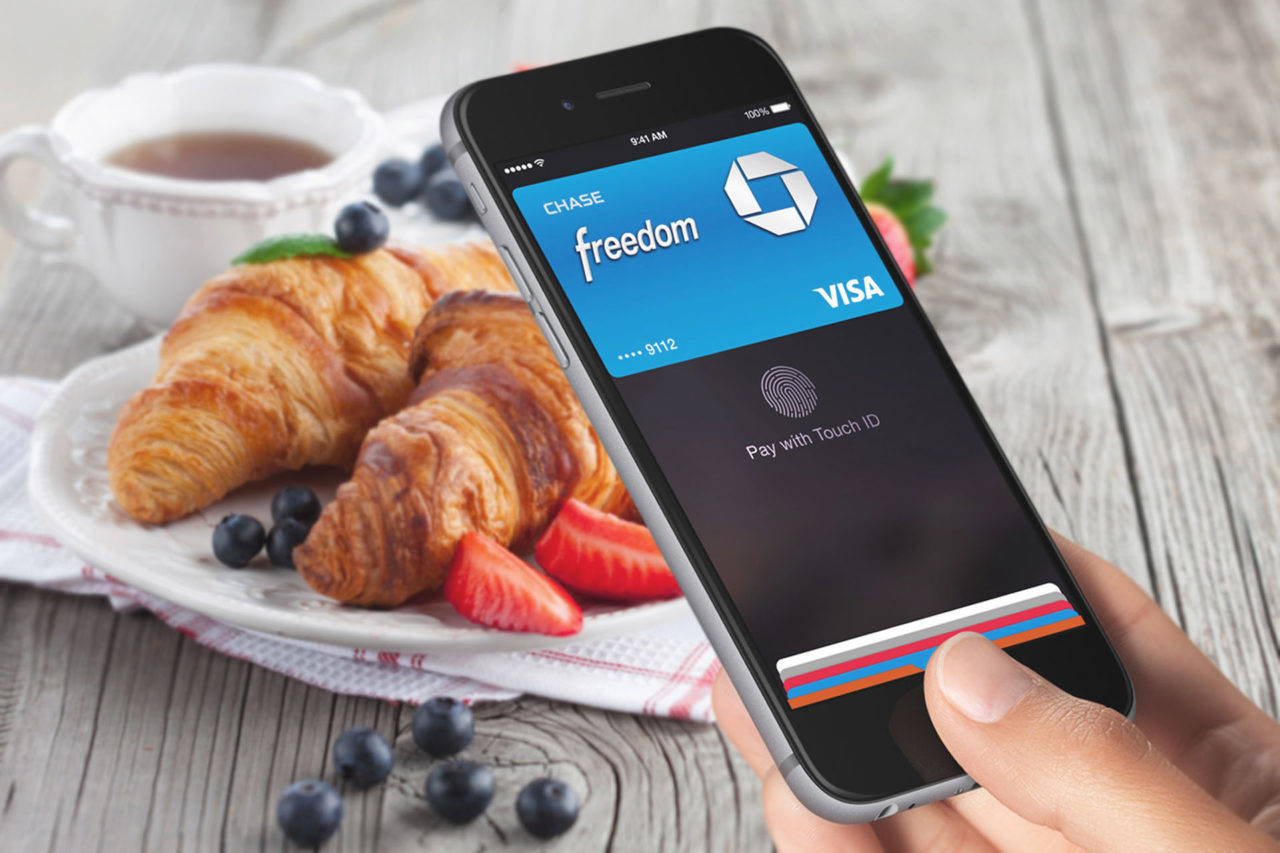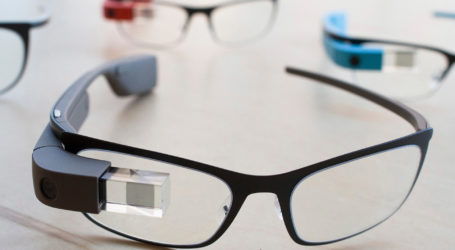Apple Pay: what businesses need to consider before diving in
Apple Pay launched to mixed fanfare in the UK last week and both sides have, as expected, been debated to death. It’s easy to see why people are excited when the average US Apple Pay user has already shown themselves to be bigger spenders, but speaking with several executives at the Wired Money conference, it’s clear it might not be plain sailing for Apple Pay.
Big banking is in trouble
Delivering a keynote address, BBVA chairman, Francisco González mentioned Apple Pay several times to a frantically scribbling and snapping audience as he painted a somewhat turbulent picture ahead for his company and other big financial institutions. Why? Everyone is coming for his lunch. Crowdfunding platforms, fintech startups, blockchain technology, cryptocurrency, social commerce, Facebook messenger payments, peer-to-peer lending sites – banks are under pressure.
A fascinating slide that was quickly rushed through showed the problem that many businesses and media agencies need to know more about – a changing world of payments. Around 29% of consumers are willing to bank with Apple(pdf) – that’s right, Apple.
Stefan Thomas, chief technology officer of Ripple Labs rightly pointed out we are seeing a massive period of disruption within the financial sector and one that is only really beginning to show how things will shake out: “Long term, Apple might decide to disintermediate the card networks or even the banks themselves. According to the 2015 annual trust barometer by Edelman, technology companies are the most trusted sector (78%) while banks the second-least trusted (53%), so combined with better user experience and lower cost Apple has a huge opportunity for disruption.”
Agencies are understandably somewhat behind – after all it’s a “it’s not our thing” scenario – a fair point traditionally, but in a changing world it pays to understand how your client gets paid. Fintech is certainly an area I’m increasingly being asked about and it’s an area that will become more important as attention turns to mobile technology in pockets, on wrists or even under the skin.
Here are five things you can do to make sure Apple Pay is for you – now or down the line:
- Businesses have a big opportunity and a big problem
Jonathan Vaux, Visa Europe’s executive director for new digital payments and strategy, believes that “the advanced, secure, easy to use and convenient Apple Pay service is going to help normalise mobile payments.” The picture certainly looks bright, as Visa’s research shows there is significant interest in contactless payments, with around one in two interested in paying in this way. The issue is that number means the same amount aren’t – that has implications for training and future marketing in-store. It’s important to keep this in mind and focus as much on your existing payment paths as new ones emerge, especially with an ageing population who are cautious about online payments in general. - Agencies need to walk the talk
Sometimes there can be a chasm between agencies talking about emerging technologies and actually experiencing it, for various reasons such as cost, availability and necessity. But with Apple Pay technology can be implemented pretty simply in canteens and such. Smart agencies will invite clients in to discuss the technology and show the limitations and opportunities. Retail and the underground are very different experiences with different rules, regulations and potentials that clients aren’t aware of yet. A further step might be to create a new “champion” position for payments and finance. Will this be the next must-have job title? - Apple Pay isn’t just for the big boys
Due in the autumn, Square has created a readerthat will accept contactless payments specifically with Apple Pay in mind. If you represent or indeed run a small business, now is the time to plan your strategy and begin to ask your customers if this is something they are interested in – as with most business, there are subtle (and not so subtle) differences between verticals so ask before investing resources into Apple Pay and additional tech needed – some businesses simply won’t have payments that are £30 or less so the technology is somewhat redundant. However, with 44.8% of all UK online payments already being made with a mobile device, I predict this maximum limit to be raised sooner rather than later. - Know thyself and your target before the technology
While on the surface this is a relatively simple technology, contactless payment still has a variety of elements that are important to focus on if success is to happen and resources maximised. Finding out who your customers bank with is your primary focus – if the majority of your customers bank with Barclays you may be better off focusing your efforts on their bPay system. Focus on the tribe and don’t forget the other players, though. Adyen’s chief commercial officer Roelant Prins argues: “Brands that identify themselves as premium, tech-driven, or user friendly should see it as a particularly interesting payment method to offer. Assuming that Android Pay delivers a comparable user-friendly experience, it is likely that the rising tide of Apple Pay will have a similarly positive effect for other mobile payment methods.” - Focus remains on good customer service
Hindsight is a beautiful thing and right now Brits are in prime position to learn from the mistakes our friends across the pond made when Apple Pay first launched. The biggest one is that people assumed because it was Apple it would work out of the box. It didn’t and repeat purchase rates were low – 47% were disappointed when they visited a retailer that offered the payment method but only to have issues at the point of purchase. Focus on getting the first interaction right; train staff early and train them well; get them to sign up to Apple Pay; empower them to help customers feel smart rather than blame the technology if there are issues. Make sure there is a “champion” on every shift for the foreseeable future.










